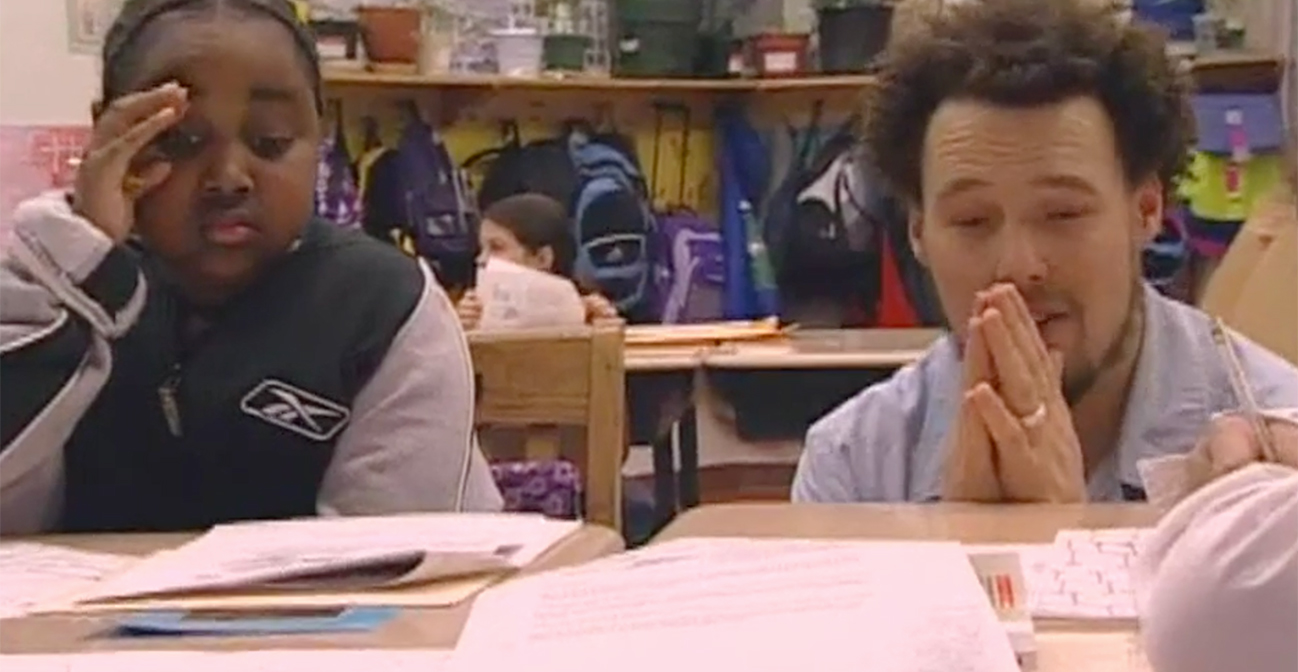One challenge teachers face is how to work with a broad range of cultural, linguistic, and intellectual differences among their students. How can teachers address the varied needs of all their students? What must teachers consider when planning and implementing literacy instruction? In this session, literacy expert Dorothy Strickland discusses key elements of effective instruction that build on student diversity and promote effective learning. You will learn strategies for differentiating instruction to maximize learning for all of your students.
Learning Goals
At the end of this session, you will better understand how to:
- use students’ background knowledge and experiences as a springboard for literacy instruction
- provide opportunities for student choice within the grade-level curriculum
- support student learning through scaffolded instruction
- plan instruction and group students flexibly to address their individual strengths and needs
“When we talk about diversity, we’re usually talking about cultural and linguistic diversity. But children are also diverse learners in terms of their abilities, interests, background knowledge, and the way they approach learning. All of these contribute to who a child is and how that child will learn.”
Dorothy Strickland
Professor of Reading
Rutgers University


